Best August Ever for Lead Safe Mama, LLC — Final August 2024 Outreach Numbers
This is an ad-free article.
To make a contribution that helps us keep our most widely-read articles ad-free, click here. Thank you.
Published on Instagram & Facebook — September 1, 2024
September 1, 2024 — Sunday
–
Hello all!
–
After the close of each month we share an updated version of this graphic, which details a snapshot of the online/ website/ social media engagement numbers for the work we do here.
–
We share these numbers so YOU can see the difference you are making in being part of this movement.
–
Our primary metric (the numbers in the center of the graphic) is the unique page views tallied for the Lead Safe Mama website each month (if you divide those numbers by approximately half, that is typically the number of unique visitors the website has each month, too)!
–
Our long-term goal has (for quite some time now) been to exceed 600,000 page views each month (300,000 unique visitors from around the world). If we see an average of at least 600,000 unique page views each month on the Lead Safe Mama website, our projections indicate that will be the “tipping point” at which the costs of this work will be fully covered via the funds earned. This is our “sustainability goal,” (the level of engagement at which this work becomes self-sustaining!) and WE ARE ALMOST TO THIS GOAL! Thank you for your help with this by simply sharing links to the articles we write online!
–
While this August did not make it onto our list of “top 10 months of all time,” it almost did and the month closed out as the 11th best of all time.
–
August 2024 was also our BEST AUGUST EVER for the reach and readership of this work — with 591,939 unique page views!
–
This represents a 32.6% increase in readership compared to last August (2023)!
–
Another exciting metric to highlight is closing out August 2024 with 84,211 Instagram followers (up from 78,125 one month ago). This represents a one-month-growth of 7.79% in Instagram engagement (which is amazing given how slow August typically is — people tend to be online less as they are more likely to be spending time outside with their families). Given Instagram engagement seems closely correlated with website readership, I love looking at the projections based on this metric.
At the rate of growth we saw in August 2024, Instagram follower growth might look like this over the next several months:
-
-
-
-
- October 1, 2024: 90,771
- November 1, 2024: 97,842
- December 1, 2024: 105.464
- January 1, 2025: 113,679
- February 1, 2025: 122,535
- March 1, 2025: 132,080
- April 1, 2025: 142,369
- May 1, 2025: 153,460
- June 1, 2025: 165,415
- July 1, 2025: 178,300
- August 1, 2025: 192,189
- September 1, 2025: 207,161
-
-
-
As always, thank you for being here.
–
Thank you for being a part of this movement.
–
Thank you for being involved in the international conversation for childhood Lead poisoning prevention and consumer goods safety.
Additional graphics are below.
Here’s a side-by-side comparison of July and August 2024:

All months/years of Lead Safe Mama website readership:
The most popular (widely-read) articles and pages over the past year:

The most popular (widely-read) articles and pages from the past month:
Never Miss an Important Article Again!
Join our Email List



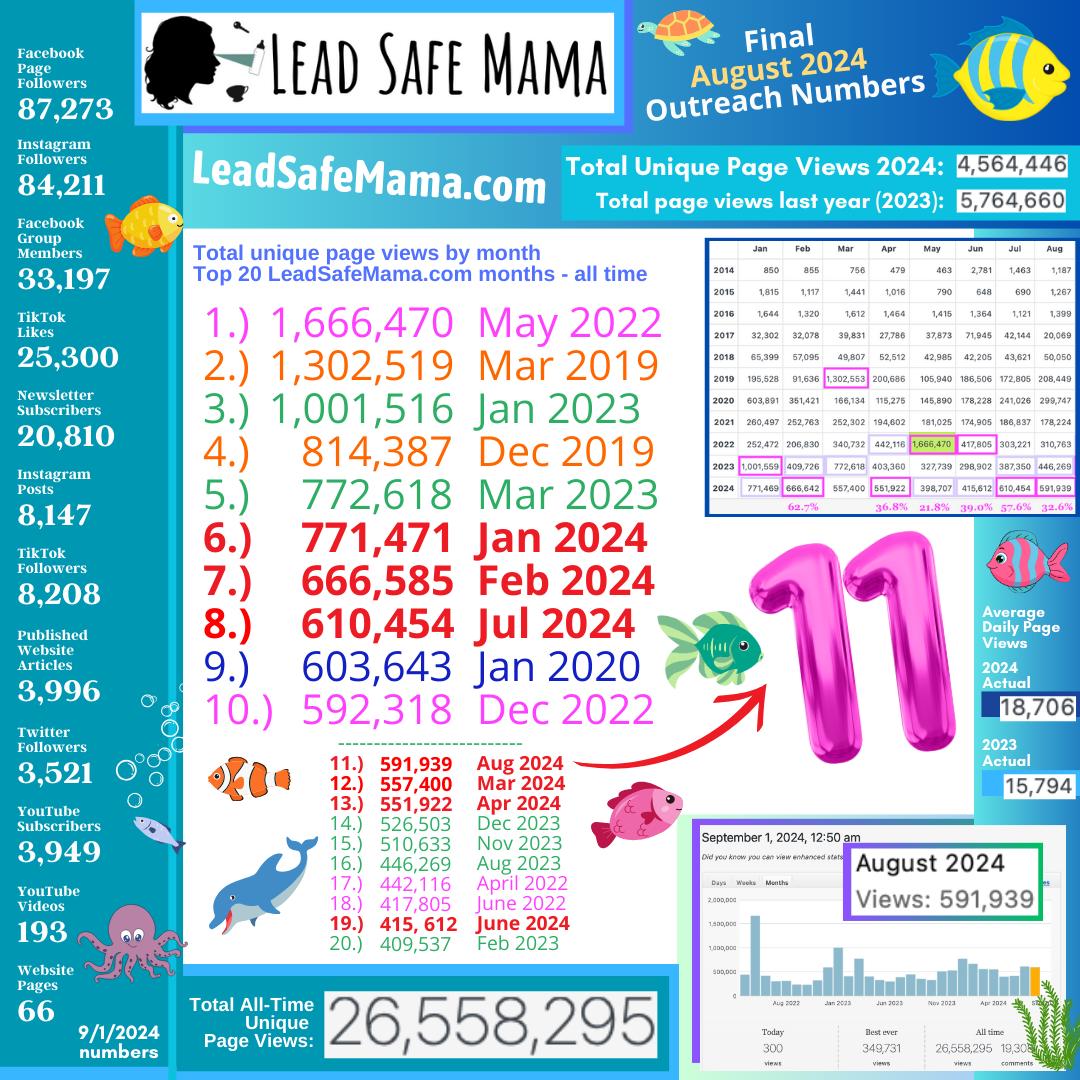



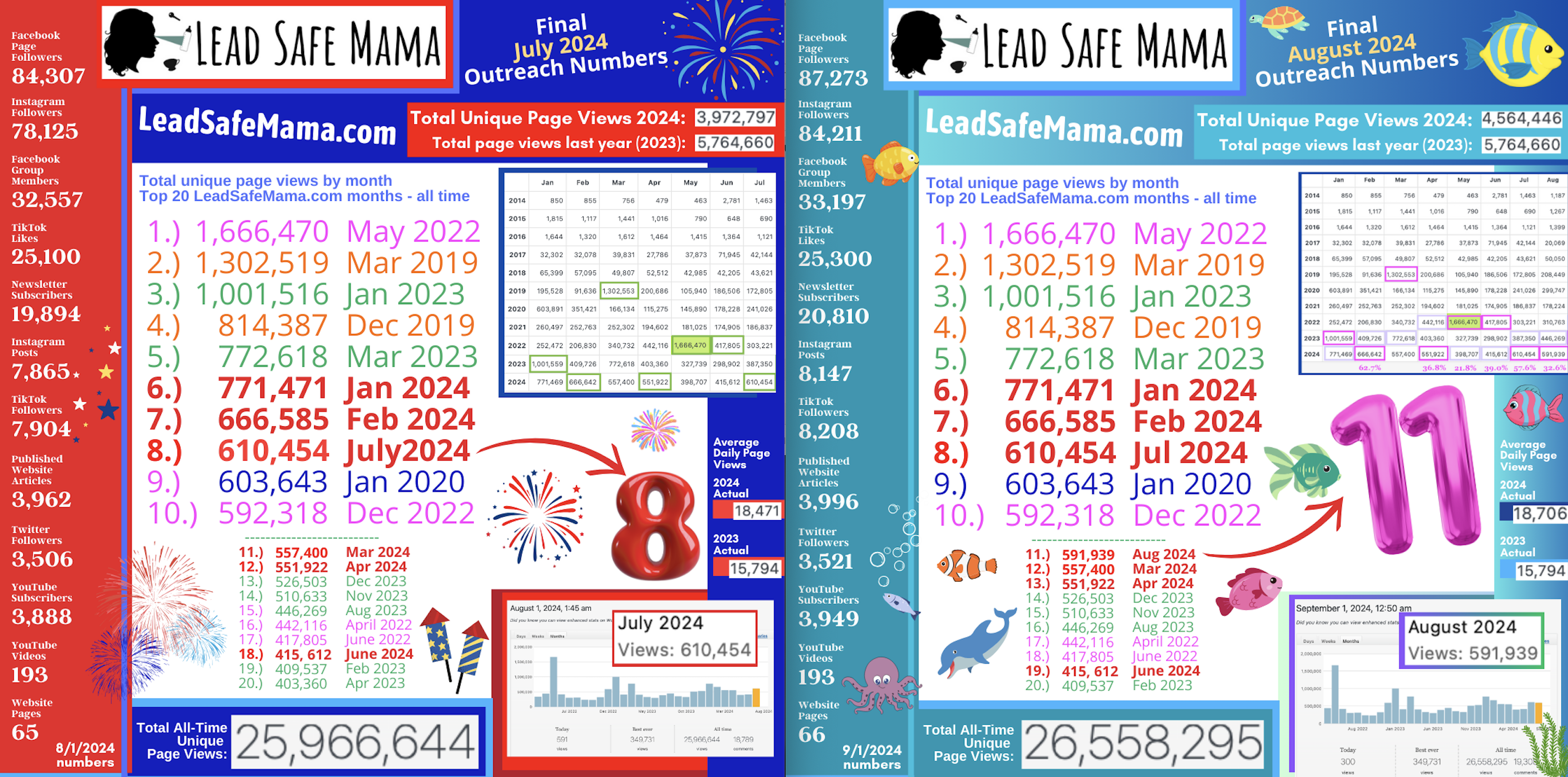
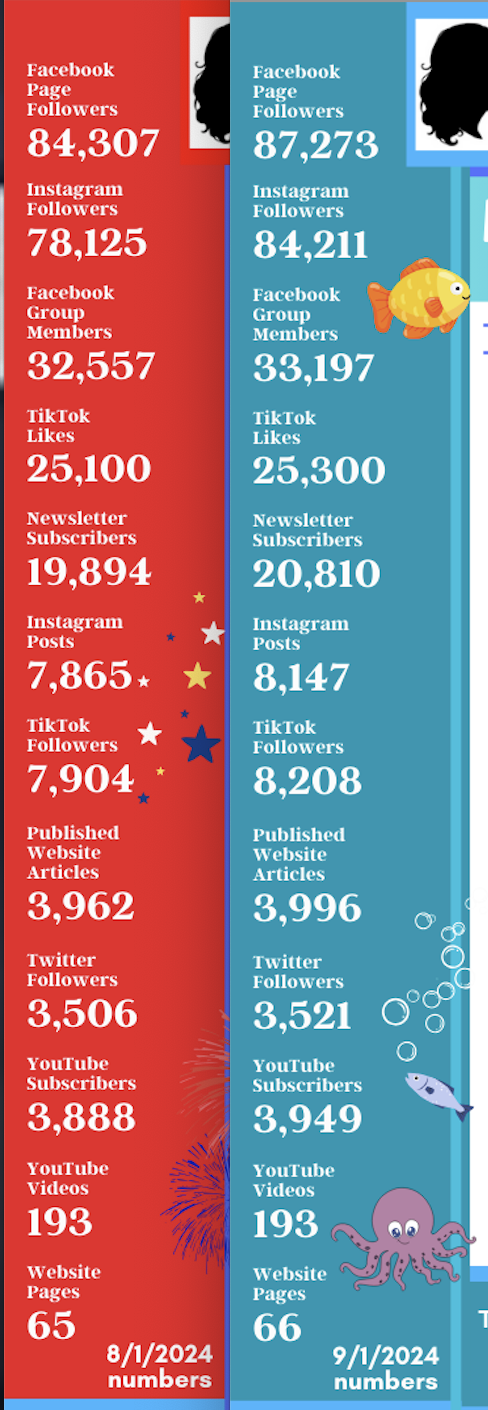
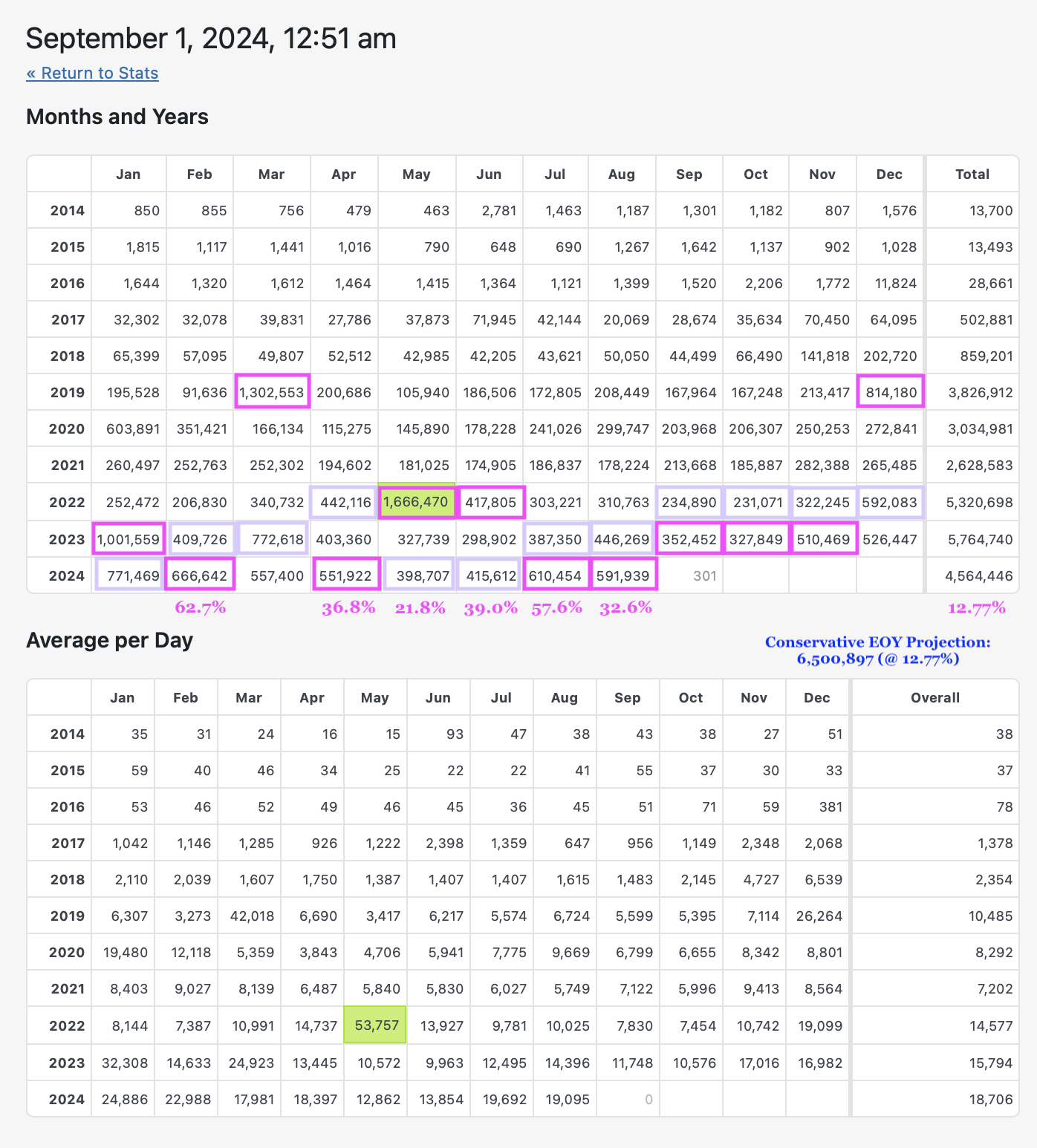
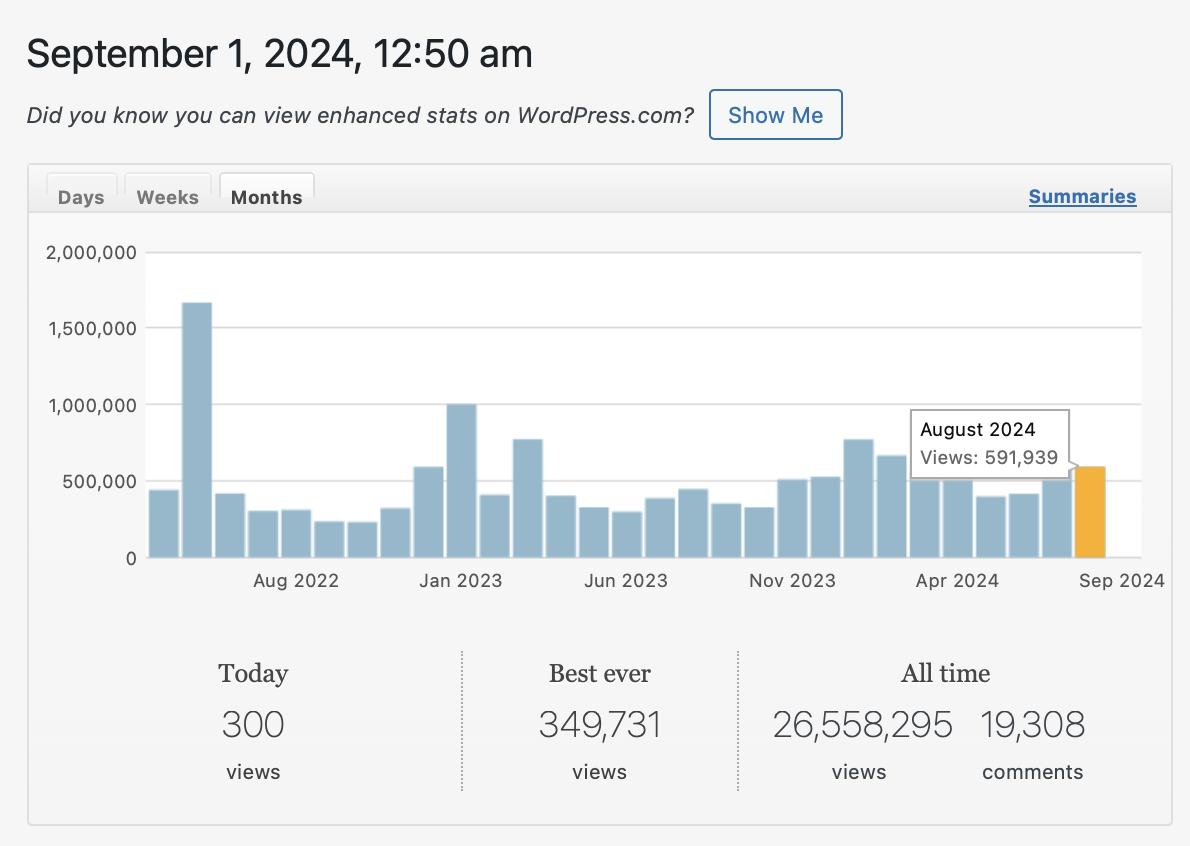
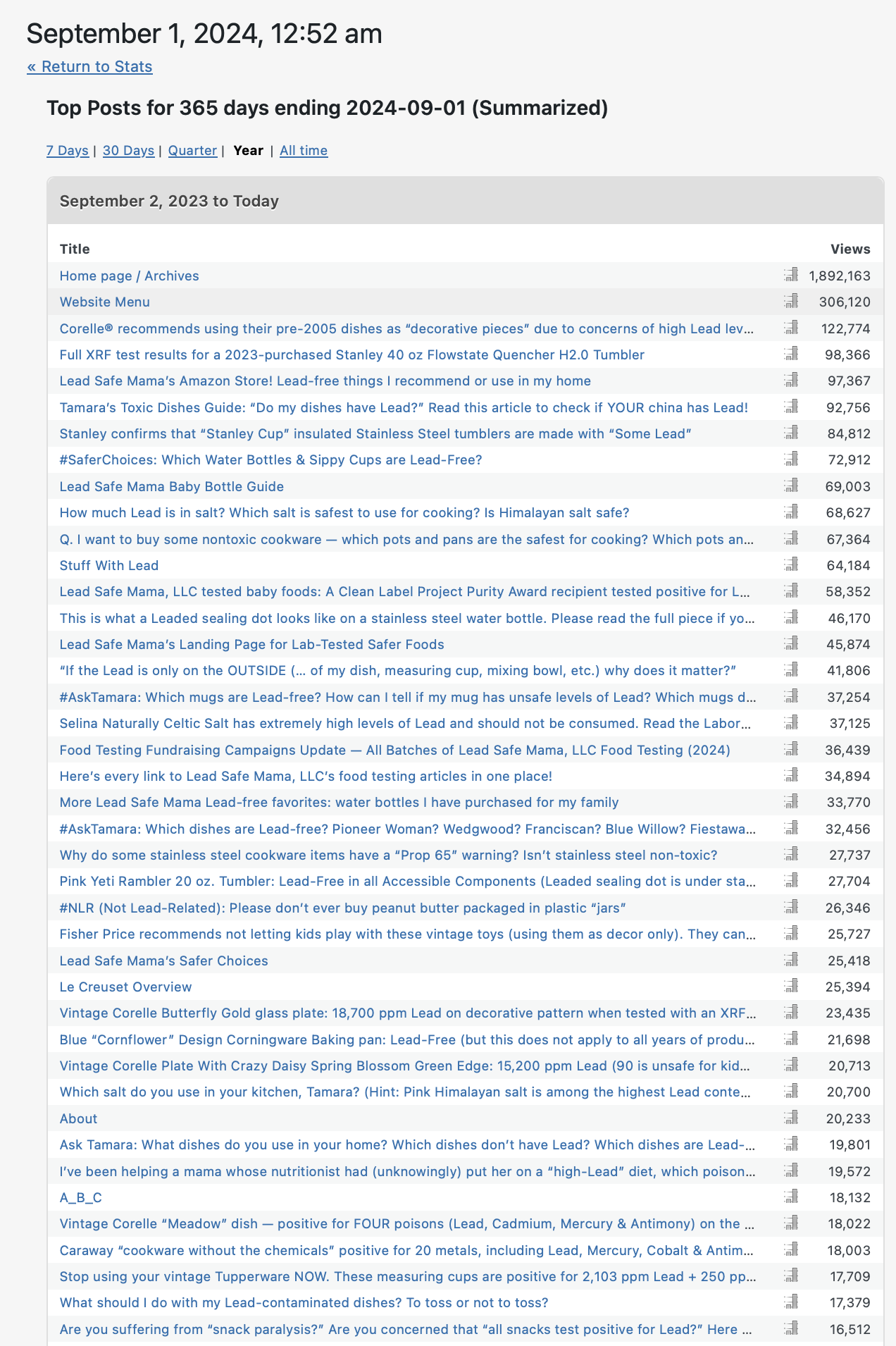
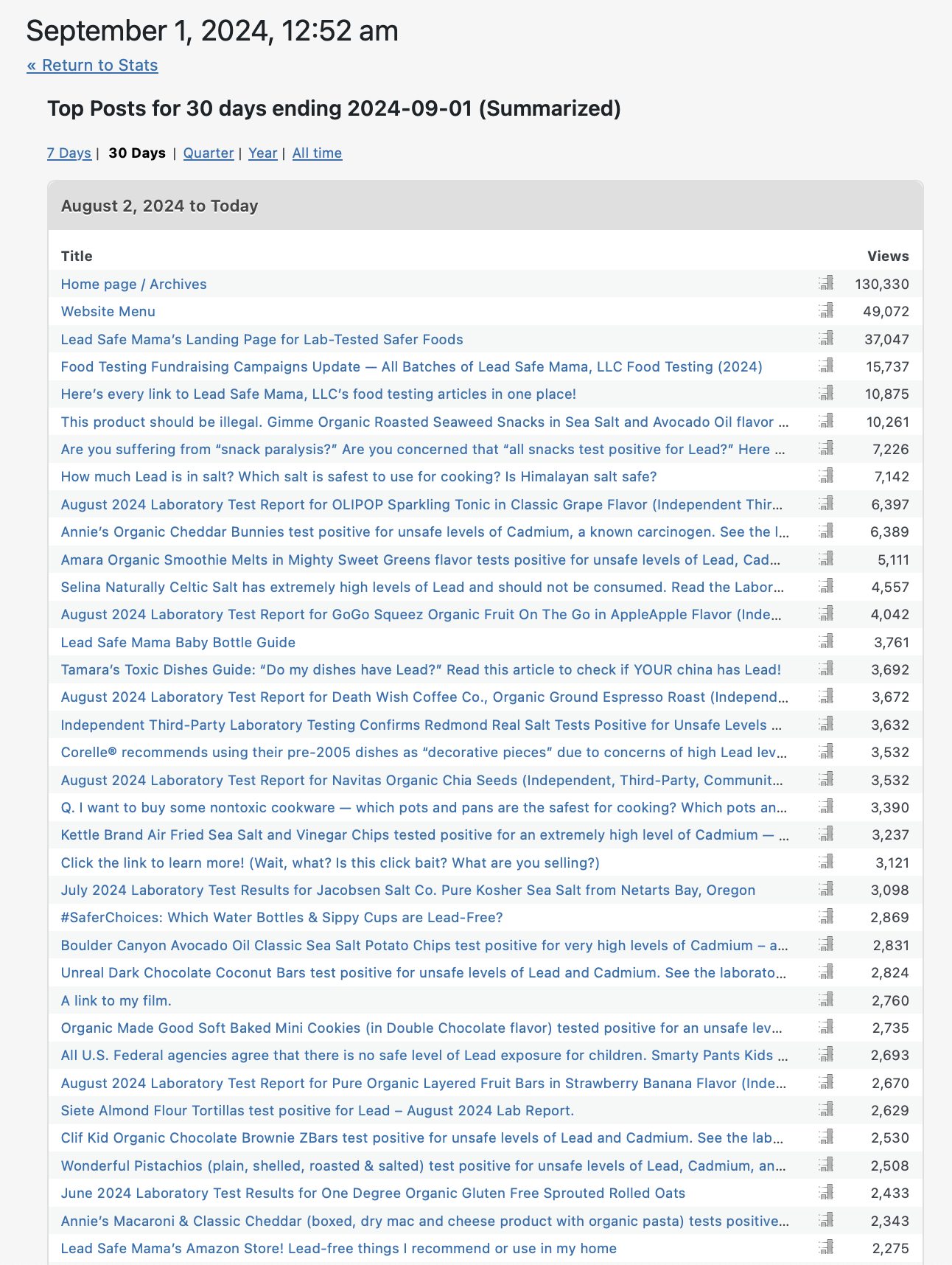

Thank you for what you do and helping families make safer choices, Tamara.
Thank you!
Thanks for sharing this information, Tamara. I often reach out to companies explaining that they need to do lead testing, and it helps to state how many of their customers are likely to overlap with your large readership. This data is empowering and good marketing.
thank you!
Also, for anyone else wanting to use this information to inform companies about the relevance of lead testing for their customer base, here’s a generic template you can use to email the companies about your concerns.
Dear [Company Name] Team,
I hope this letter finds you well. As a potential customer and admirer of your [specific product or company focus, e.g., eco-friendly products, innovative designs, etc.], I’m writing to express both my appreciation for your work and a concern regarding potential heavy metal contamination in your products, particularly [specific product or component of concern, e.g., metallic finishes, painted surfaces, logos, etc.].
Recently, I’ve become aware of the potential risks associated with heavy metal contamination in consumer products. This concern stems from information shared by consumer safety advocates and researchers who have found concerning levels of metals like lead, cadmium, and mercury in various consumer goods. Of particular concern is the use of lead paint in logos and other decorative elements, even on products marketed as “lead-free.”
A notable example of this issue occurred with TeaBloom, a company that marketed its glass teapots as lead-free. Independent testing by Tamara Rubin, a consumer goods safety advocate, found that the painted logo on the bottom of the teapot contained between 5,000 and 6,000 ppm of lead. You can read more about this case here: https://tamararubin.com/2021/04/tea-bloom-just-sent-me-an-e-mail-threatening-legal-action-against-me-if-i-dont-remove-my-video-read-it-here/. This highlights how products can be partially lead-free (in this case, the glass) while still containing significant amounts of lead in painted elements.
Given the [specific feature of the product that raises concern, e.g., painted logo, metallic finish], I’m worried that your products might pose a similar risk. I understand that [Company Name] is committed to [company’s known values, e.g., quality, innovation, sustainability], and I believe this commitment likely extends to the health and safety of your customers and employees. With this in mind, I’m reaching out to inquire if you have had your products, including any painted elements or logos, tested for heavy metal content, particularly lead.
The reason for my concern is the growing body of evidence showing the significant impact of even low-level exposure to heavy metals on human health. For instance, lead exposure can reduce IQ by an average of 4-7 points (https://tamararubin.com/2017/01/toxic_lead/). This effect is particularly concerning for children and young adults who may come into contact with these products.
It’s worth noting that regulatory bodies are increasingly recognizing the dangers of even low levels of heavy metal exposure. The Centers for Disease Control and Prevention (CDC) recently lowered its blood lead reference value to 3.5 micrograms per deciliter (https://www.cdc.gov/nceh/lead/news/cdc-updates-blood-lead-reference-value.html), highlighting the increasing concern about even low levels of lead exposure.
Moreover, the issue of heavy metal contamination in consumer products has been gaining increased attention. A study published in the Journal of Environmental Health found that items containing lead could be purchased at second-hand and antique stores, with some items violating federal standards (https://www.ncbi.nlm.nih.gov/pmc/articles/PMC2866631/). An NPR article also highlighted the prevalence of lead in both vintage and new items from various stores (https://www.npr.org/sections/health-shots/2022/08/01/1113454001/antique-stores-lead).
I believe that as awareness of heavy metal contamination in consumer goods grows, there will be increasing overlap between consumers who prefer [company’s unique selling point, e.g., sustainable, innovative, high-quality] products and those concerned about potential heavy metal exposure. By addressing this issue proactively, [Company Name] has an opportunity to lead the industry in both [company’s focus] and consumer safety.
To this end, I respectfully request that you consider:
1. Having your products tested for heavy metal content, particularly lead, by a reputable laboratory. This should include not just the main material of the product, but also any painted logos or decorative elements.
2. If testing confirms the presence of heavy metals, exploring alternative, safer materials or manufacturing processes. For logos, consider options like lead-free paint or embossed designs.
3. Providing transparent information to consumers about the materials used in your products and any testing results, including specific information about painted elements.
I’m reaching out because I genuinely want to see [Company Name] succeed. Your [specific praise for the company or its products] is commendable, and I sincerely hope to become a customer in the future once I can be assured of the safety of your products.
Thank you for your time and consideration of this matter. I look forward to hearing your thoughts on this issue and any steps you might take to address these concerns.
Sincerely,
[Your Name]
ty!
This is amazing! Would you consider creating a template like this to send to companies making supplements?
I do not believe that all the companies out there trying to produce quality natural supplements and tinctures for health and wellness are out to scam or harm people. I think there is a ton of ignorance though. Having something like this to email to companies would be amazing!